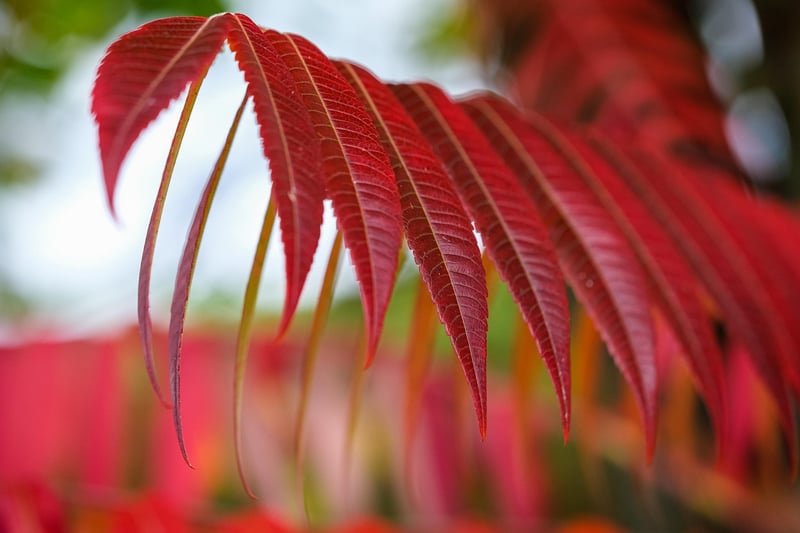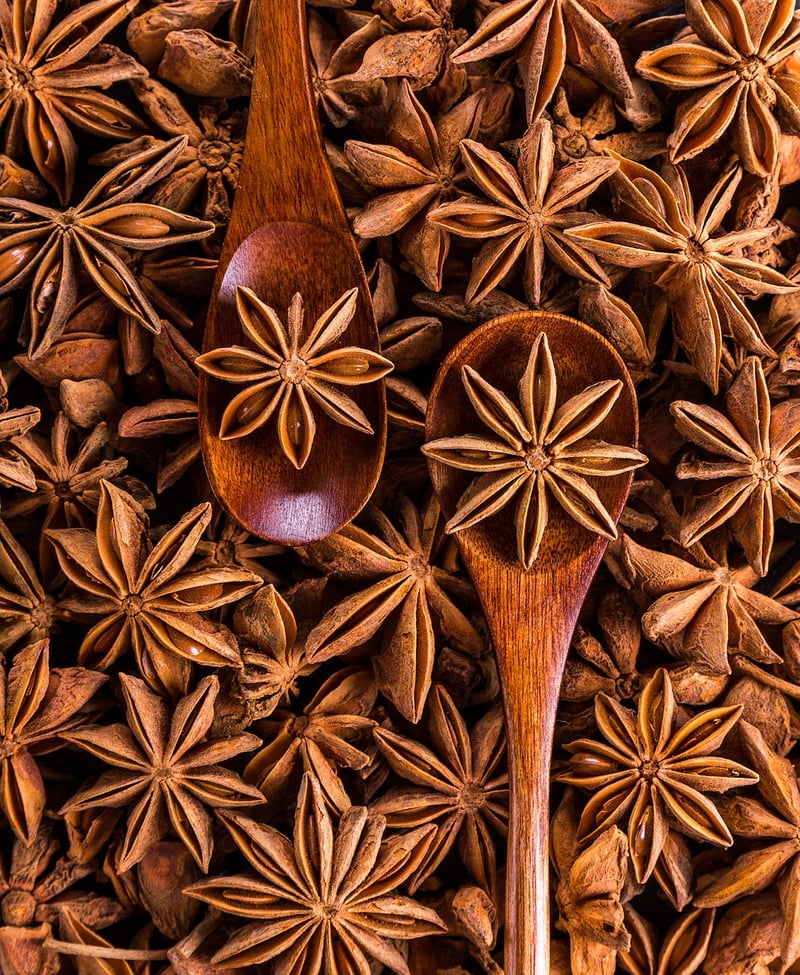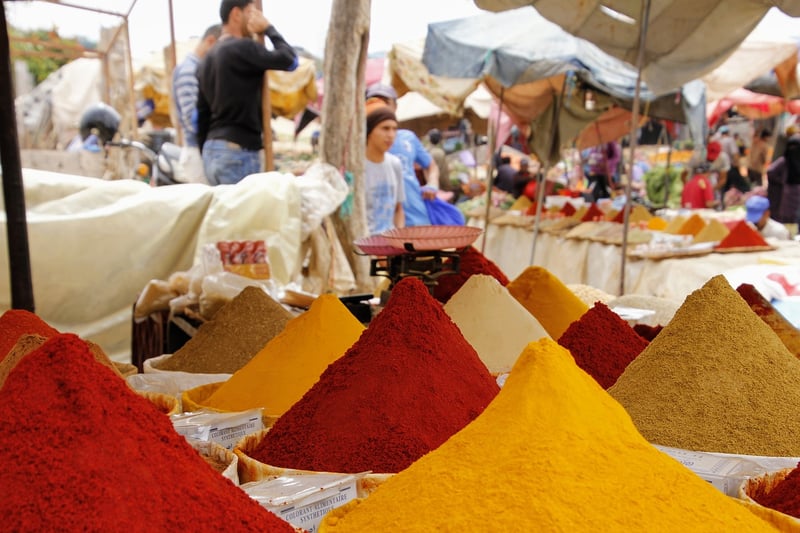Exotic Spices
The Magic of Exotic Spices: Exploring Key Components
Exotic spices have long been revered for their ability to transform ordinary dishes into extraordinary culinary experiences. From adding depth to flavors to enhancing aromas, these key components play a vital role in global gastronomy. Let's delve into the enchanting world of exotic spices and uncover their secrets.
1. Saffron

Saffron, known as the world's most expensive spice, lends a vibrant golden hue and a distinctive flavor to dishes. It is harvested from the stigma of the crocus flower and adds a luxurious touch to both sweet and savory recipes.
2. Cardamom

Cardamom, with its warm, citrusy notes, is a staple in Indian and Middle Eastern cuisines. It can be used whole or ground to elevate curries, desserts, and beverages with its unique fragrance.
3. Sumac

Sumac, a tangy spice with a deep red hue, is commonly used in Mediterranean and Middle Eastern dishes. It adds a zesty, lemony flavor to salads, meats, and dips, making it a versatile ingredient.
4. Star Anise

Star anise, shaped like a star with a licorice-like taste, is a key component in Chinese five-spice powder and mulled wine. Its aromatic flavor profile adds depth to both sweet and savory dishes.
5. Za'atar

Za'atar, a Middle Eastern spice blend containing thyme, sesame seeds, and sumac, offers a savory, earthy flavor. It is commonly used as a seasoning for bread, salads, and meats, adding a unique twist to dishes.
Embrace the allure of exotic spices and unleash your culinary creativity by incorporating these key components into your cooking repertoire. Elevate your dishes with a sprinkle of saffron, a dash of cardamom, or a pinch of sumac to embark on a flavorful journey around the world.
Explore the diverse world of exotic spices and let their mesmerizing aromas and flavors transport you to distant lands with every bite!
